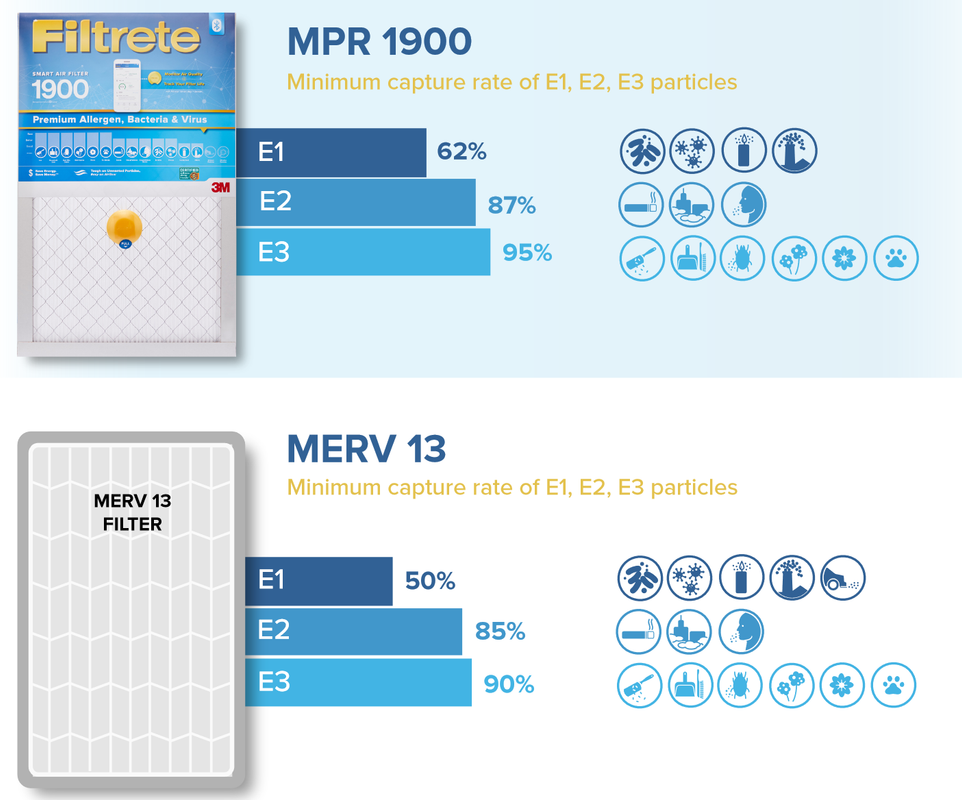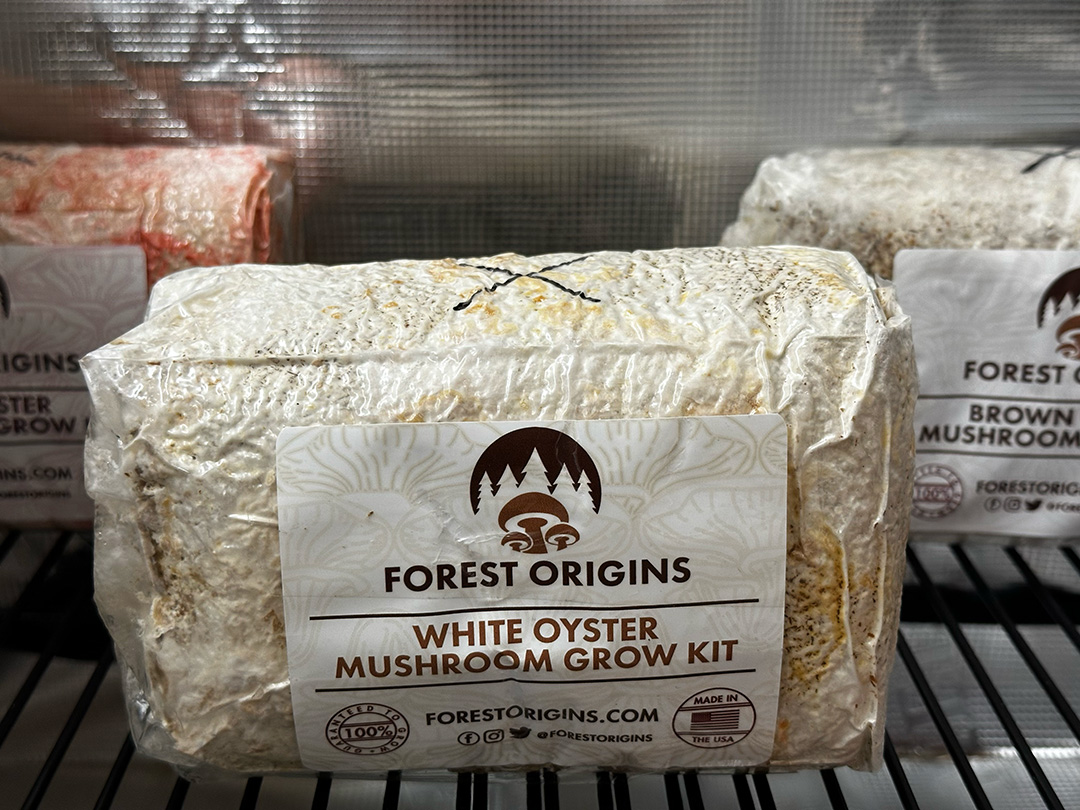Today we’re going to talk about the exciting world of air filters. Your air conditioner/heater has one. Your gas powered car has one. Our OttoENV grow system has one. What’s the deal?
Air filters explained
Air filters do exactly what their name implies. They filter the air. Specifically, they filter particles of a certain size. Dirty, particulate-laden air starts on one side of the filter and as it travels through the filter, the particles get caught in the filter and the air that continues through is now clean and (mostly) particle free.
The size particles a filter is able to catch is a function of its filtration rating. HEPA is a rating you’re probably familiar with, and a filter with a HEPA rating is generally going to be an extremely effective filter.
If we’re trying to figure out how well a filter performs, we first identify the ranges of particle sizes we’re trying to catch.
| Particle Class | Size Range | Particle Types |
|---|---|---|
| E1 | 0.3-1.0 μm | Some bacteria, viruses, pollen, |
| E2 | 1.0-3.0 μm | Spores, some bacteria, smoke, dust, dander |
| E3 | 3.0-10.0 μm | Pollen, spores, dust, dander |
HEPA stands for High Efficiency Particulate Air filter and the rating is defined as being able to catch 99.95% of E1 class particles (0.3 μm in diameter, or 0.000011811”).
MERV, MPR, and FPR are some other standards for measuring filter performance. MERV filters are rated from MERV 1 up to MERV 20, MPR ranges from MPR 300 up to 2800, and FPR ranges from FPR 1 to FPR 12. While the ratings are all measured differently, a minimum MERV 17 filter is considered to be equivalent to a HEPA filter but the MPR 2800 and FPR 12 are roughly equivalent to a MERV 14.
Where did all these standards come from? MERV and HEPA are used by the EPA, and are considered industrial standards. MPR is a rating system established by 3M, one of the larger manufacturers of air filters. FPR was established by The Home Depot for their shoppers to be able to identify the different filter types from different companies sold within their stores. However, since MERV is the standard, all competing standards will generally make a reference to the equivalent MERV rating.
 MPR/MERV comparison from 3M’s website
MPR/MERV comparison from 3M’s website
 FPR Rating Chart from Home Depot’s website, which does not provide a straightforward comparison to MERV ratings
FPR Rating Chart from Home Depot’s website, which does not provide a straightforward comparison to MERV ratings
Higher filter ratings provide better filtration but also require a more powerful air delivery device (blower, fan, etc.) to compensate for the tighter filter mesh size. This means generally speaking, a higher grade filter will flow less air than a lower grade filter on the same air conditioner/furnace/dedicated air filter. The filter rating should be balanced with an appropriately sized air delivery device.
Why we care
Mushroom spores range in size from 2 μm up to 10 μm and mature mushrooms can release BILLIONS of individual spores into the air. These spores are annoying to clean off surfaces and can also result in breathing irritation for both humans and pets in the home.
This means we should be concerned primarily with E2 and E3 sized particles, which would cover most spores we as mushroom growers would be concerned with.
The OttoENV Spore Catch system uses a MERV 13 filter on the ventilation fan (configured as an exhaust fan) to catch these stray spores from being released into the home. MERV 13 filters will capture E2 class particles with 85% efficiency and E3 class particles with 90% efficiency while still allowing the filter fan to effectively ventilate the space.
The filter is easily replaceable and will generally be able to handle one full flush’s worth of spore drop.
We recommend replacing the filter between each flush to ensure consistent air flow throughout the grow cycle, which works out to about once a week depending on how packed the tent is.
Filters will be available on the website but feel free to use any similar cloth filter available to you. There isn’t anything special about our filter cloths, we just cut them to size to fit our filter holder.
Use any equivalently rated filter, but keep in mind the effect filter rating has on air flow and filter efficacy. Lower rating air filters (< MERV 13) will flow more air but will allow more spores to pass through. Higher rating air filters (>MERV 13) will filter better but will decrease fresh air exchange as a result of the increased airflow resistance. Inadequate FAE greatly increases the risk of developing mold and mildew inside the tent.






